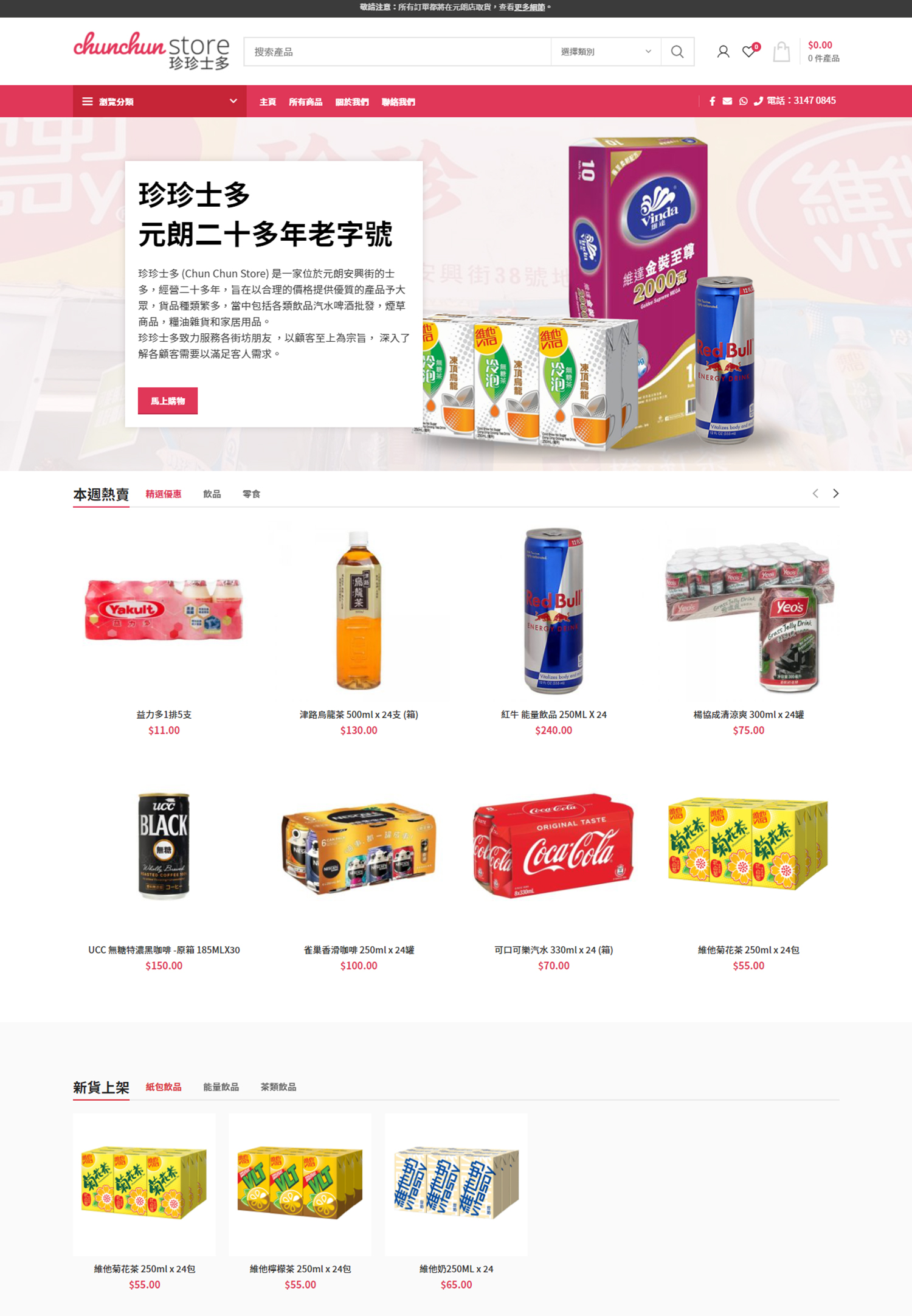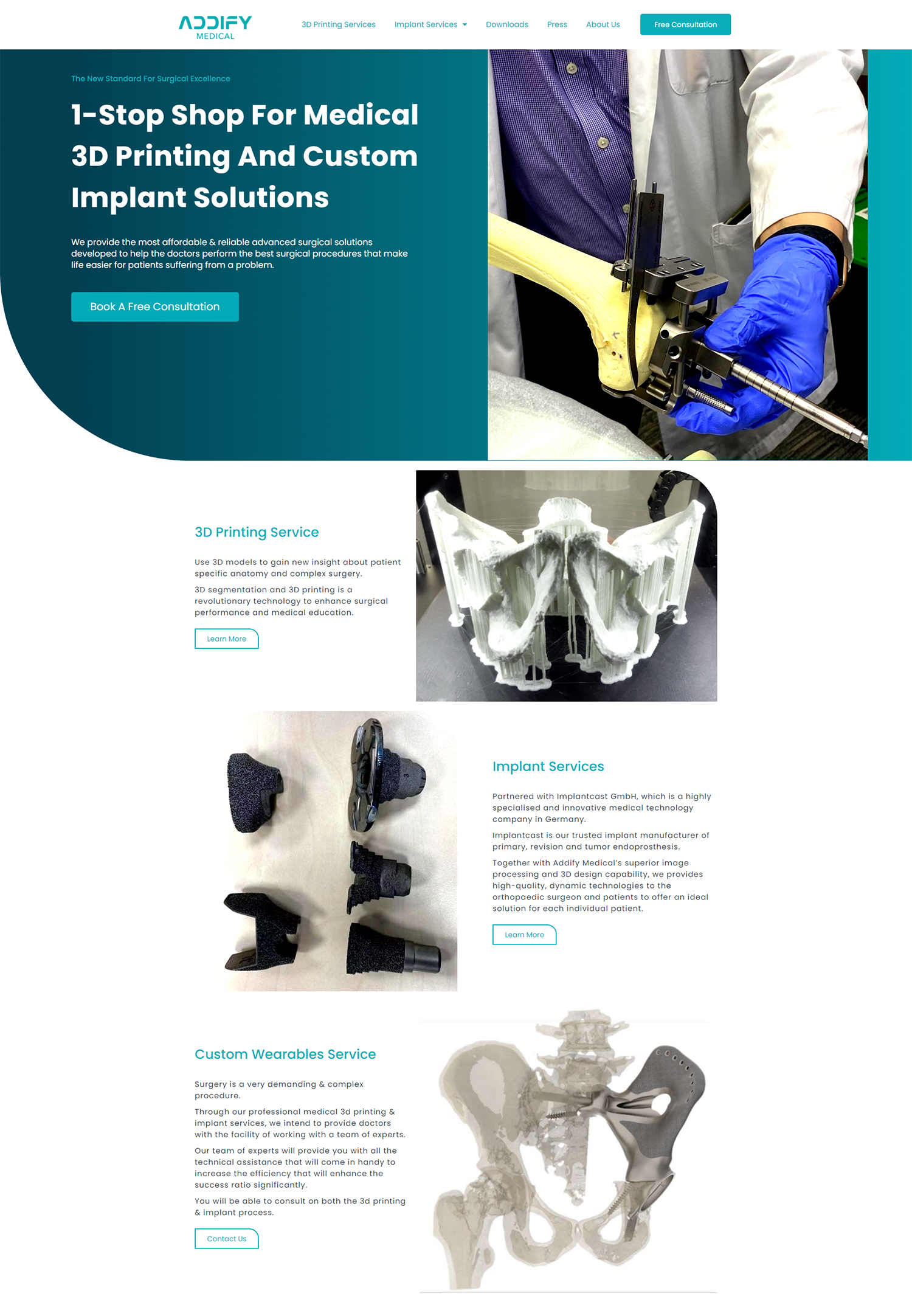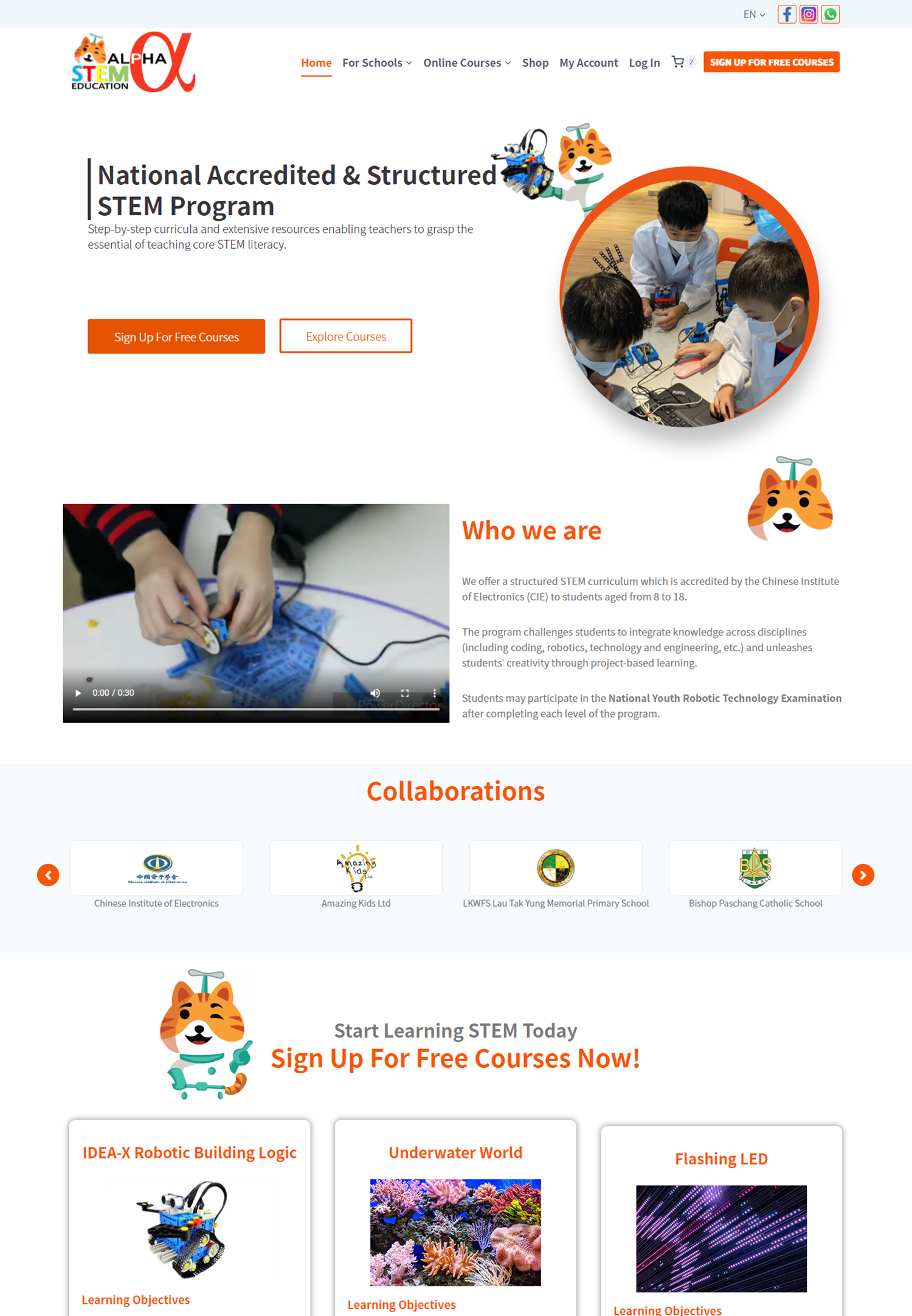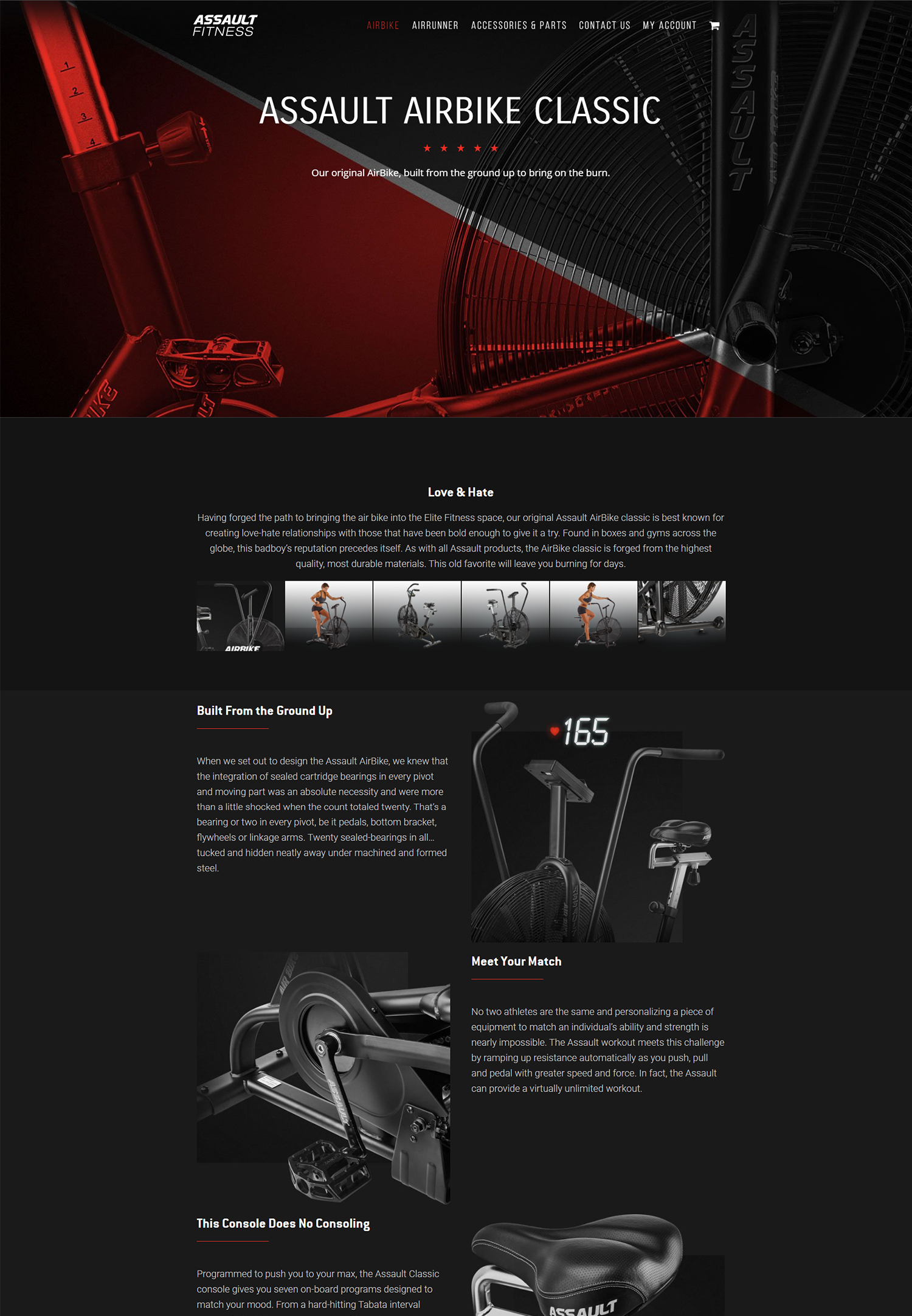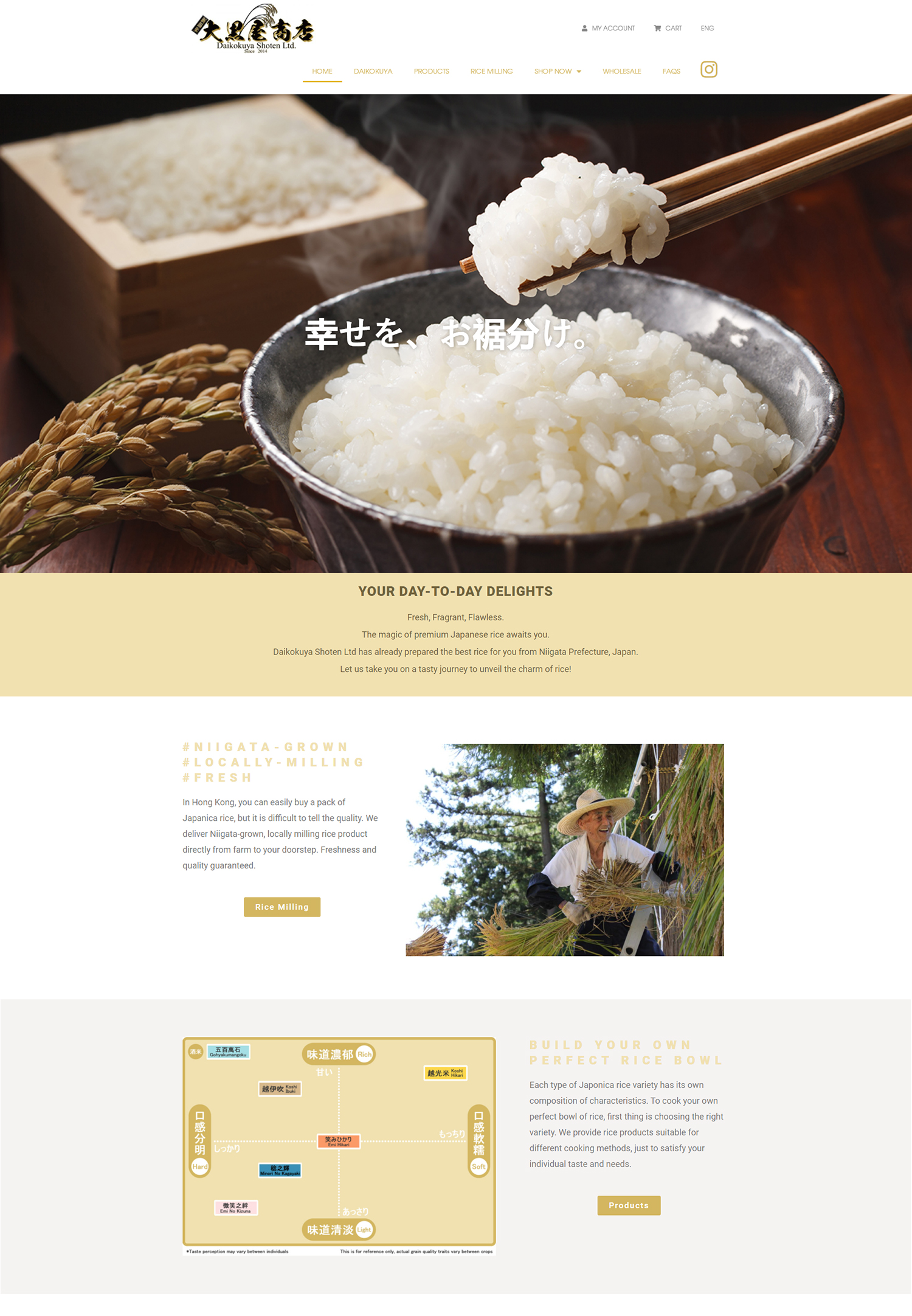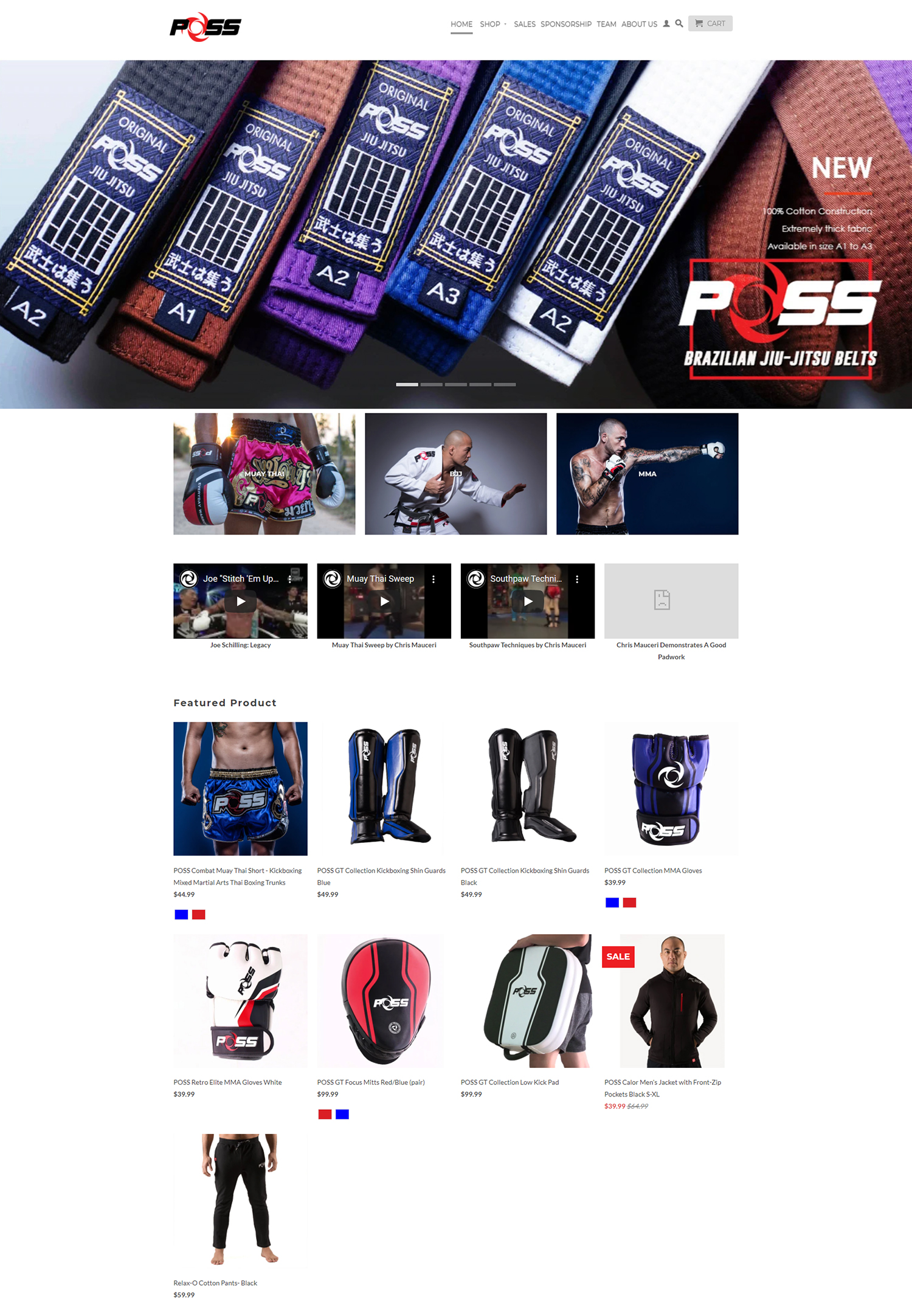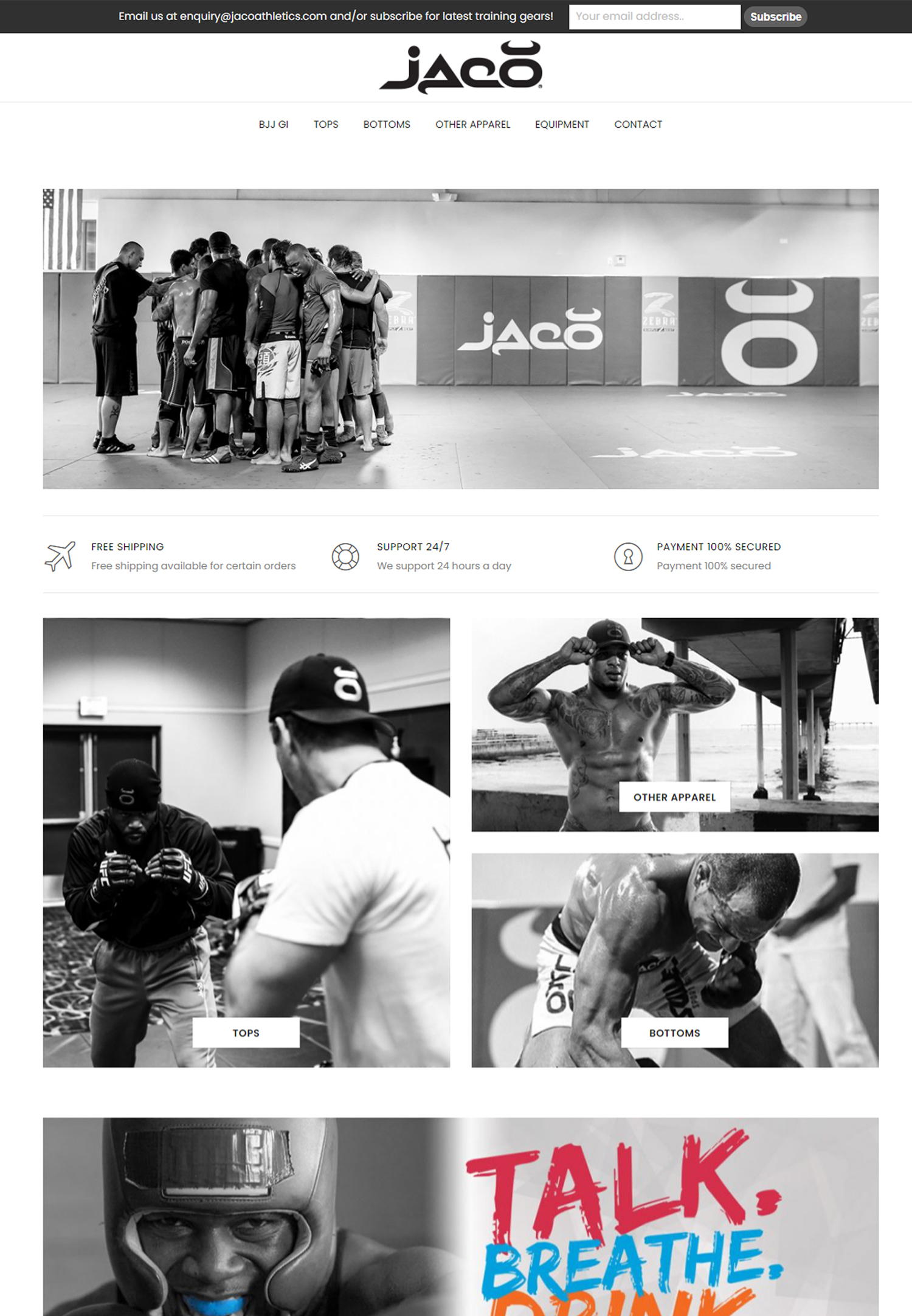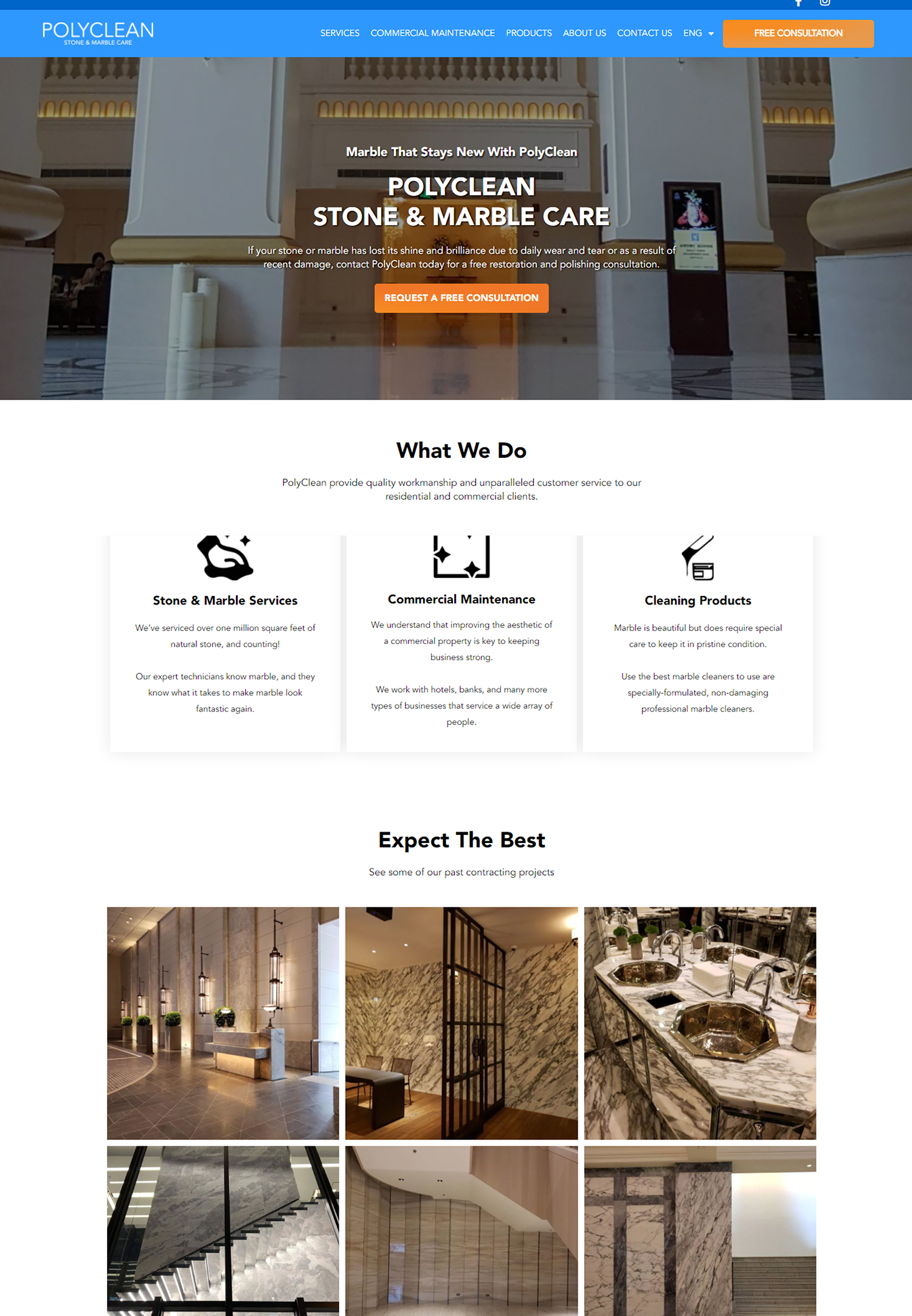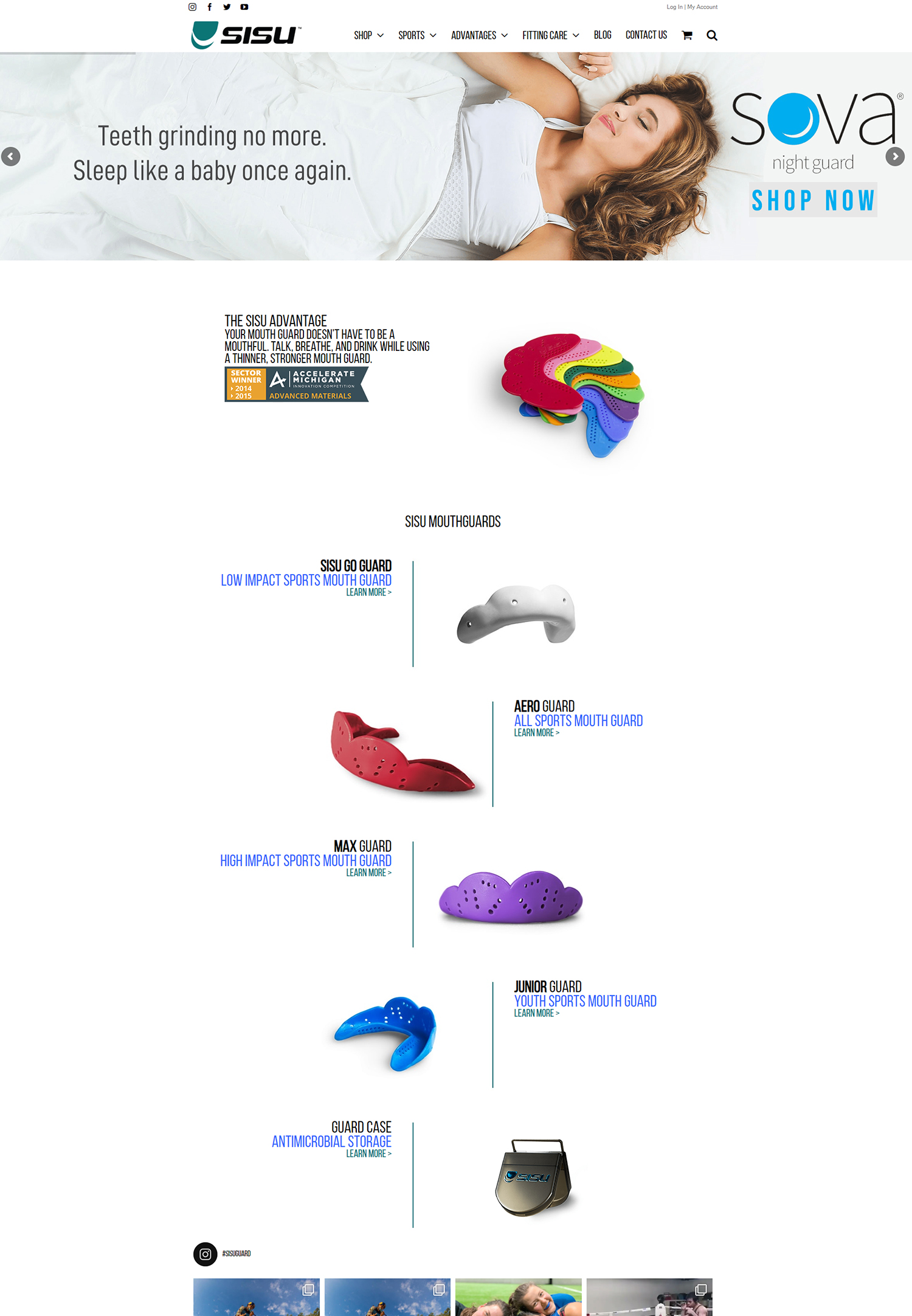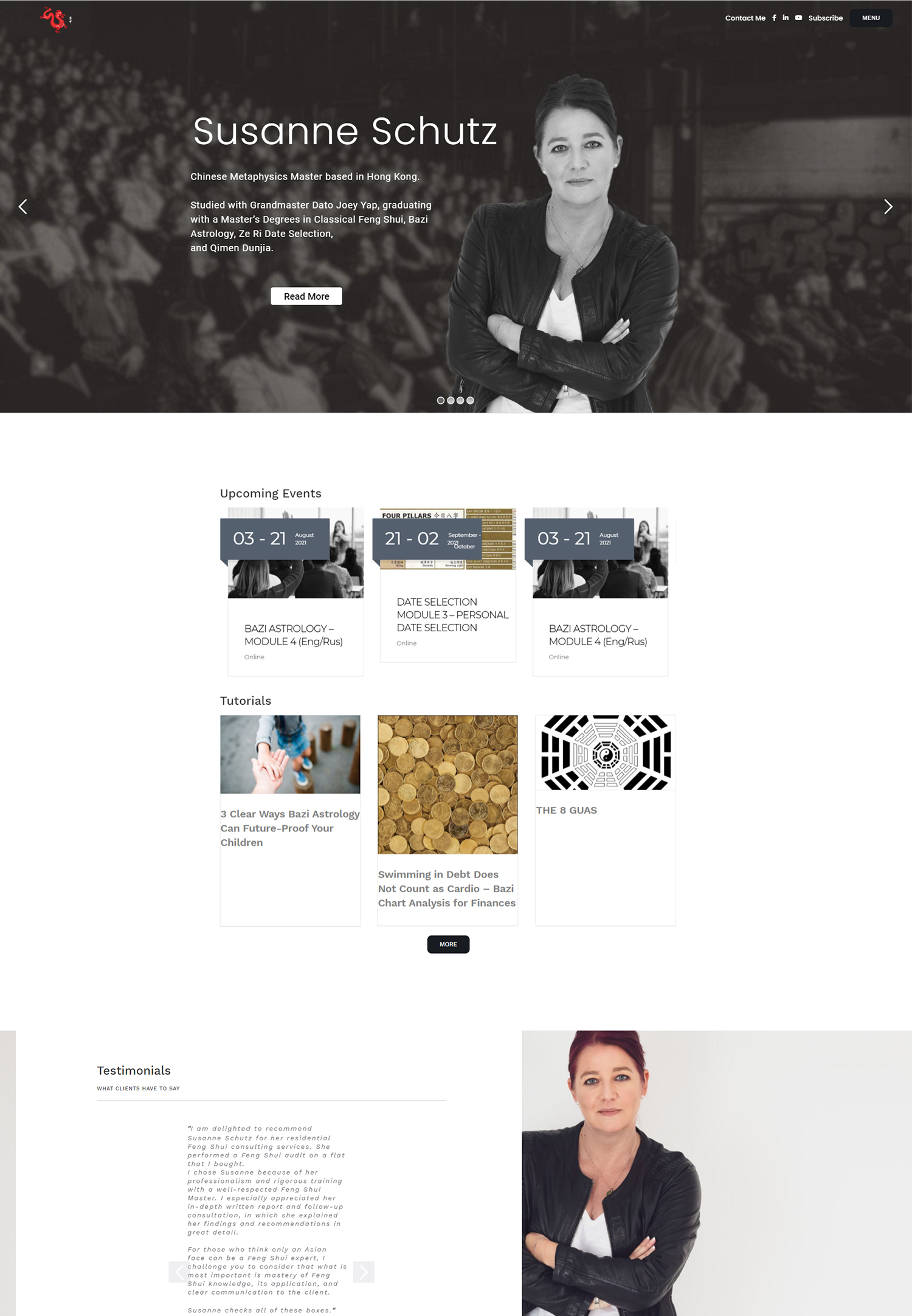In the digital landscape, the significance of a user-friendly design cannot be overstated. As we navigate through various websites and applications, we often find ourselves gravitating towards those that offer an intuitive and seamless experience. A well-structured design not only enhances usability but also fosters a positive emotional connection with users.
When we create a platform that is easy to navigate, we are essentially inviting our audience to engage more deeply with our content and services. This engagement is crucial, as it can lead to increased conversions and customer loyalty. Moreover, a user-friendly design serves as a reflection of our brand’s values and commitment to customer satisfaction.
When we prioritize usability, we demonstrate that we understand our audience’s needs and preferences. This understanding can significantly impact how users perceive our brand. A cluttered or confusing interface can lead to frustration, causing potential customers to abandon their journey before it even begins.
By investing in a clean, organized, and aesthetically pleasing design, we not only enhance the user experience but also build trust and credibility in our brand.
Key Takeaways
- A user-friendly design is crucial for creating a positive experience for website visitors and encouraging them to engage with the content.
- Understanding the customer’s journey helps in identifying pain points and opportunities for improvement in the user experience.
- Clear call-to-actions guide users towards the desired actions and help in achieving conversion goals.
- Implementing trust-building elements such as security badges and customer reviews can increase credibility and encourage user engagement.
- Optimizing for mobile and speed is essential for catering to the growing number of mobile users and improving website performance.
Understanding the Customer’s Journey
To effectively cater to our audience, we must first comprehend the intricacies of the customer’s journey. This journey encompasses every interaction a customer has with our brand, from the initial awareness stage to post-purchase experiences. By mapping out this journey, we can identify key touchpoints where we can engage and influence our customers.
Understanding their motivations, pain points, and preferences allows us to tailor our approach, ensuring that we meet their needs at every stage. As we delve deeper into the customer journey, we recognize that it is not a linear process. Customers often move back and forth between stages, influenced by various factors such as marketing efforts, peer recommendations, or personal experiences.
By acknowledging this complexity, we can create more dynamic and responsive strategies that adapt to our customers’ evolving needs. This adaptability not only enhances their experience but also positions us as a brand that genuinely cares about their journey.
Utilizing Clear Call-to-Actions
In the realm of digital marketing, clear call-to-actions (CTAs) play a pivotal role in guiding users toward desired outcomes. As we craft our content and design elements, we must ensure that our CTAs are not only visible but also compelling. A well-placed CTA can significantly influence user behavior, encouraging them to take the next step—whether it’s signing up for a newsletter, making a purchase, or exploring additional content.
By using action-oriented language and creating a sense of urgency, we can motivate users to engage with our offerings. Furthermore, the placement and design of CTAs are equally important. We should strategically position them within our content to capture attention without overwhelming the user experience.
A visually appealing button or link that stands out from the surrounding elements can draw users in and prompt them to act. By continuously testing different variations of CTAs—such as color, wording, and placement—we can identify what resonates best with our audience and optimize our conversion rates accordingly.
Implementing Trust-Building Elements
Building trust with our audience is essential for fostering long-term relationships and encouraging repeat business. To achieve this, we must incorporate trust-building elements throughout our digital platforms. These elements can include security badges, customer reviews, and transparent policies regarding data usage and privacy.
When users feel secure while interacting with our brand, they are more likely to engage with us and make purchases. Additionally, showcasing our expertise through informative content can further enhance trust. By providing valuable resources such as blog posts, guides, or webinars, we position ourselves as knowledgeable leaders in our industry.
This not only helps to establish credibility but also encourages users to return for more information and support. Ultimately, by prioritizing trust-building elements in our design and content strategy, we create an environment where customers feel valued and respected.
Optimizing for Mobile and Speed
In today’s fast-paced world, mobile optimization and speed are critical components of a successful digital strategy. As more users access websites through their smartphones and tablets, we must ensure that our platforms are fully responsive and provide an optimal experience across all devices. A mobile-friendly design not only enhances usability but also improves search engine rankings, making it easier for potential customers to find us.
Speed is another crucial factor that influences user satisfaction. Research shows that even a one-second delay in page load time can lead to significant drops in conversion rates. To combat this issue, we should regularly assess our website’s performance and implement strategies to enhance loading times.
This may involve optimizing images, minimizing code, or leveraging content delivery networks (CDNs). By prioritizing mobile optimization and speed, we create a more enjoyable experience for our users while also boosting our overall performance metrics.
Testing and Analyzing for Continuous Improvement
To stay ahead in the competitive digital landscape, we must embrace a culture of testing and analyzing our strategies for continuous improvement. A/B testing allows us to compare different versions of our content or design elements to determine which performs better with our audience. By systematically experimenting with various approaches—such as headlines, layouts, or CTAs—we can gather valuable insights into user preferences and behaviors.
Moreover, analyzing user data provides us with a wealth of information about how visitors interact with our platforms. Tools like Google Analytics enable us to track metrics such as bounce rates, session durations, and conversion rates. By interpreting this data effectively, we can identify areas for improvement and make informed decisions about future strategies.
Continuous testing and analysis not only enhance user experience but also drive better business outcomes by ensuring that we remain responsive to our audience’s needs.
Leveraging Social Proof and Customer Testimonials
In an age where consumers are inundated with choices, social proof has emerged as a powerful tool for influencing purchasing decisions. By showcasing customer testimonials, reviews, and case studies on our platforms, we can demonstrate the value of our products or services through the eyes of satisfied customers. This form of validation reassures potential buyers that they are making a sound decision by choosing us over competitors.
Additionally, leveraging social media platforms allows us to amplify these testimonials further. Sharing user-generated content or positive feedback on social channels not only enhances our credibility but also fosters community engagement. When potential customers see real people endorsing our brand, they are more likely to trust us and consider making a purchase.
By actively incorporating social proof into our marketing strategies, we create a compelling narrative that resonates with our audience.
Providing Exceptional Customer Support
Exceptional customer support is the cornerstone of any successful business strategy. As we strive to build lasting relationships with our customers, it is imperative that we prioritize their needs and concerns at every touchpoint. Offering multiple channels for support—such as live chat, email, or phone—ensures that customers can reach us in the way that is most convenient for them.
This accessibility not only enhances their experience but also demonstrates our commitment to their satisfaction. Furthermore, investing in training for our support teams is essential for delivering high-quality service. Empowering team members with the knowledge and tools they need to assist customers effectively fosters confidence in their abilities.
When customers feel heard and valued during their interactions with us, they are more likely to become loyal advocates for our brand. By providing exceptional customer support, we not only resolve issues but also create positive experiences that encourage repeat business and referrals. In conclusion, by focusing on user-friendly design, understanding the customer journey, utilizing clear call-to-actions, implementing trust-building elements, optimizing for mobile and speed, testing for continuous improvement, leveraging social proof, and providing exceptional customer support, we can create a holistic approach that enhances user experience and drives business success.
Each element plays a vital role in shaping how customers perceive and interact with our brand; thus, it is essential that we integrate these strategies into our overall digital marketing efforts for sustained growth and engagement.






